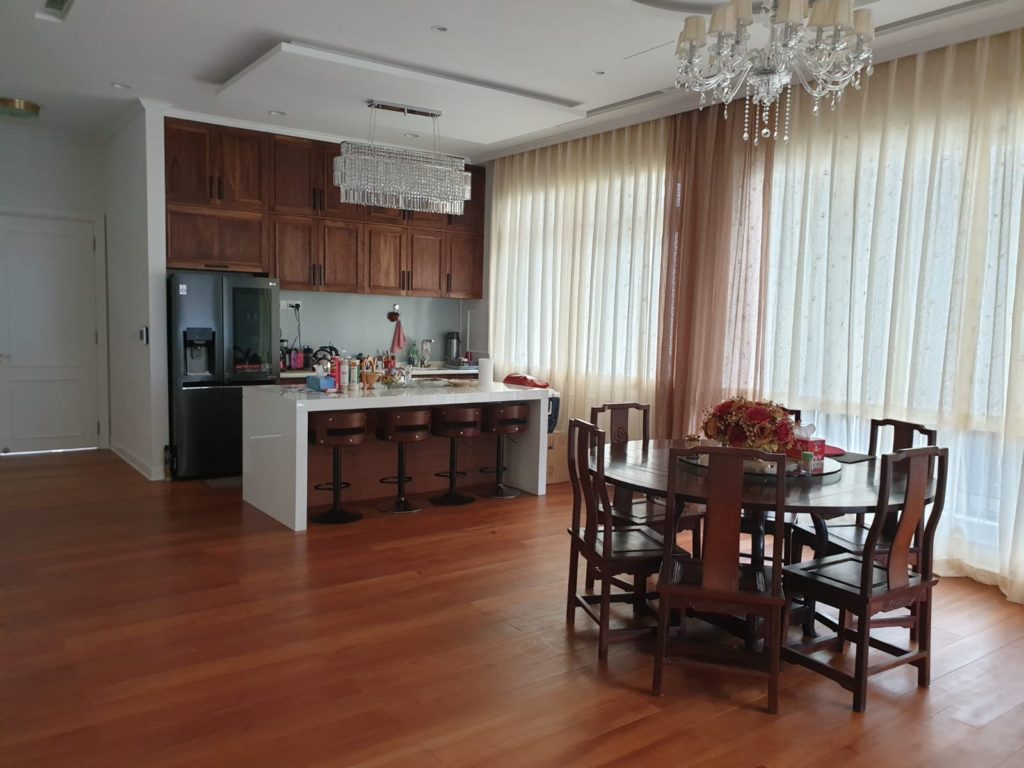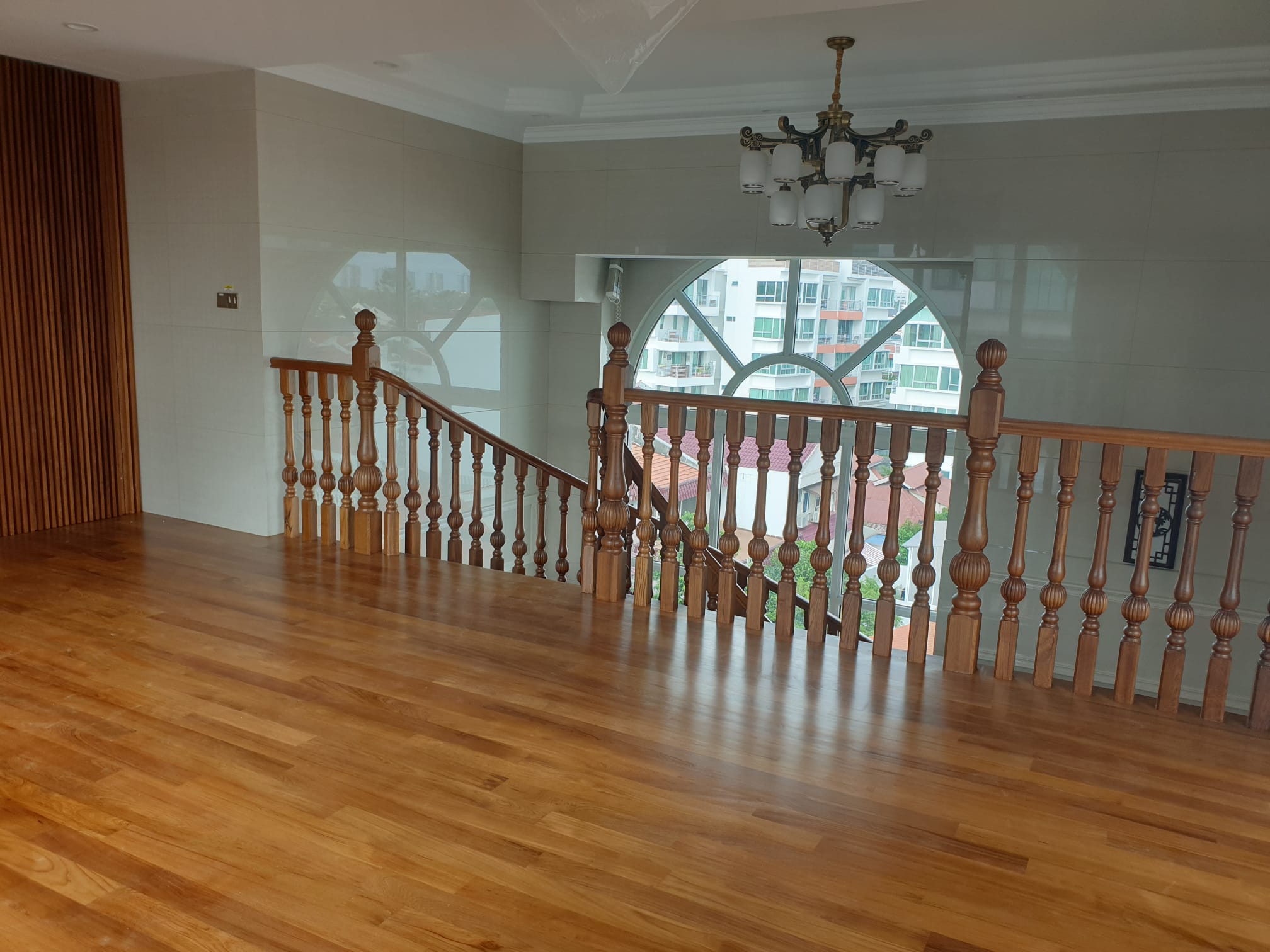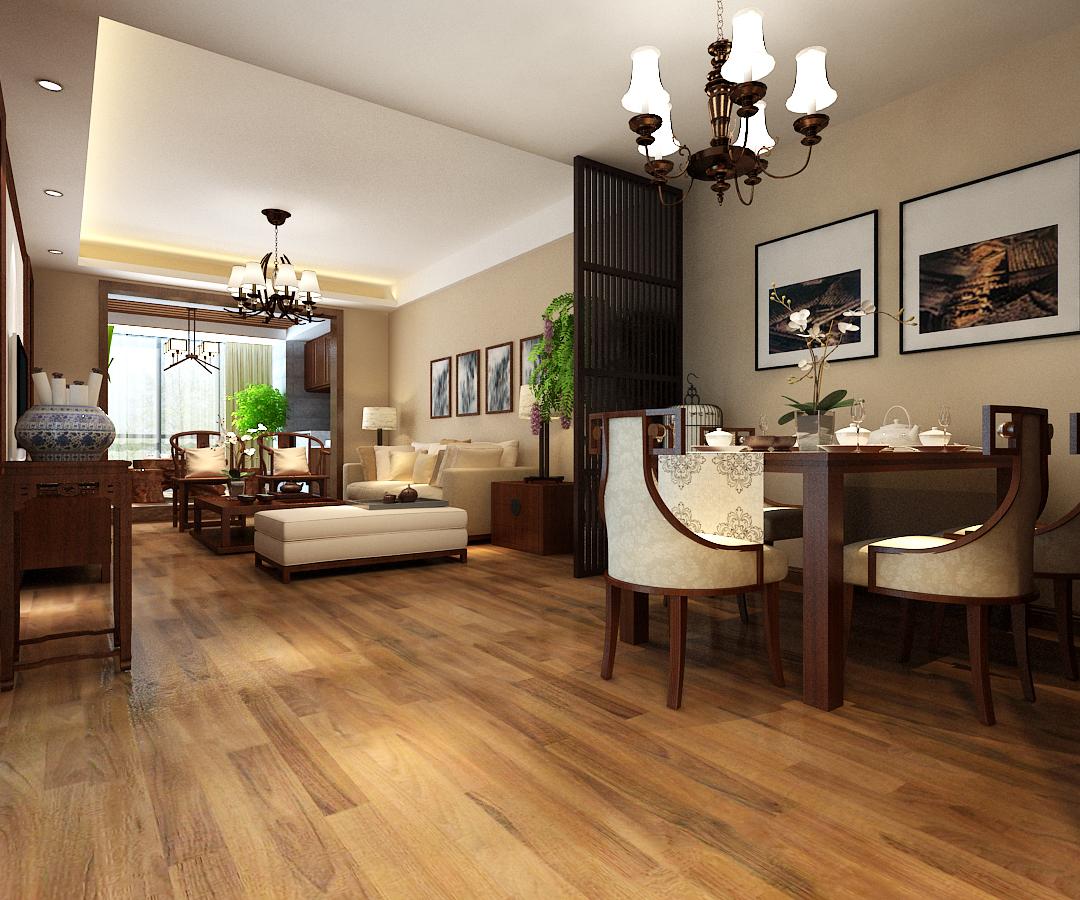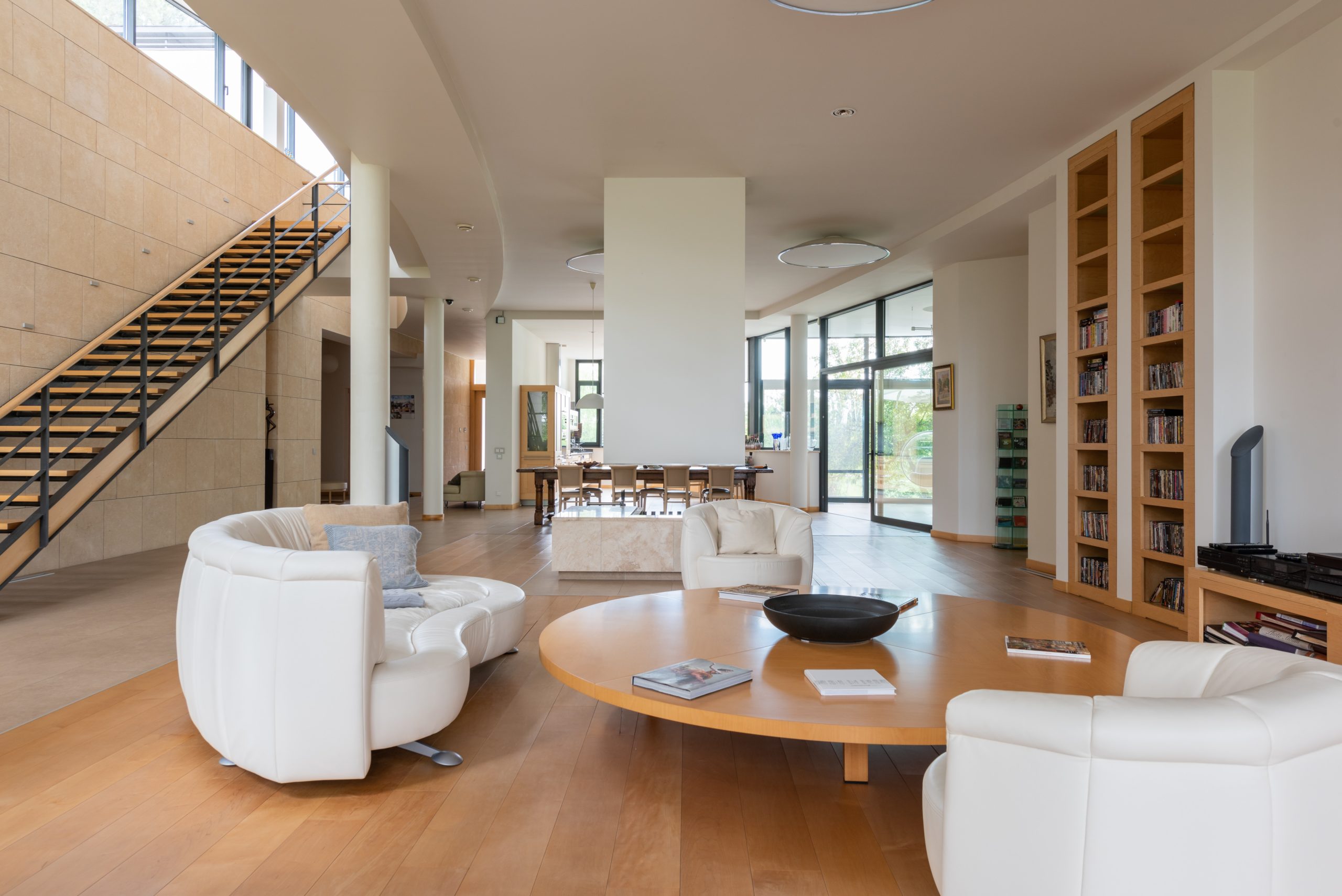Troubled by which flooring solution to choose? Fret not, while we cannot give you a definite answer to the best choice for you as there are always tradeoffs, we could provide a more detailed comparison between tiles and timber floor. Hope this handy guide could help you to narrow down your choices.
Not all wood flooring types are the same. Each type has its unique characteristic and serves its unique function under different scenarios ( Indoor or Outdoor). This guide will focus on domestic settings to avoid confusion.

Type of Timber Wood flooring
-
Premium Solid Wood Flooring
As the term “Solid Wood Flooring ” itself suggests, Solid Wood Floors are constructed of timber plank from a single piece of wood with tongue and groove edges.
-
Engineered Wood Flooring
Engineered Wood Flooring is constructed from multiple layers of compressed layered high-density plywood with a solid wood veneer top layer.
-
Laminate Wood Flooring
Laminate Wood Flooring is constructed from a top protective wear layer, decorative paper, HDF(High-Density Fibre) coreboad, and a undersurface.

Type of Tiles
-
Ceramic Tiles
Ceramic tiles are made of kiln-firing finely ground sand, clay, and talc under high temperatures ( 1100 – 1200 °C) and high pressure to create hard and durable flooring options.
-
Porcelain Tiles
Porcelain tiles are made of kiln-firing finely ground white clay, sand, and feldspar under even high temperatures and high pressure than ceramic, making it even more durable and less prone to staining.
-
Cement Tiles
Cement Tiles are handmade by pouring and drying at room temperature, which might result in slight imperfection, giving its unique depth and character. It is very porous and could be refinished.
-
Wood Grain Tiles
Wood grain tiles are simply porcelain tiles that have a wood grain surface. It does not give a tinge of warmth underfoot like a real timber flooring.

Cost Concern
-
Cost is one of the key factors when comes to the choice of flooring.
-
However, many have ignored the factor of installation & maintenance cost, Return to Investment, and longevity as well.
-
Generally, Both tile and timber flooring DIY is a painstaking process and it is definitely not worthy to self install or replace tile or timber floors. Both flooring options requires high level of craftsmanship. Installation cost are usually provided by the local retailers together with sales of tiles and timber floors.
-
It is a common sense that tag price of timber flooring would be higher than tiles. Many have neglected the factor of Return to Investment. Wood floors tend to have a higher return on investment and could be an asset when comes to the sales of housing.
-
Especially for high end wood species like Burmese teak has never lost its popularity due to its durability and resistant to water. Its long lasting retention of shape and aesthetic simplicity is appealing to the eyes. Be sure to consider the long term resale potential when choosing a flooring options.
Maintenance
-
Timber flooring is generally easier to care for compared to tile floors.
-
Tile floors required regular swept and mopped. The grout line could become caked with dirt and grime.
-
This may require additional work to scrub and reseal the grout line properly.
-
Timber floor, on the other hand, leaves a negligible gap between each plank. Only occasional sweeping and vacuuming is needed. Mopping is usually required only when liquid is spilled on the floors.
-
You might struggle to find a matching piece for tile cracks. On the other hand, you could sand down any imperfections on solid timber floor(not applicable for Engineered Timber Floor or Laminate Timber Floor) and refinish the floors to give them a refreshed look.
-
Although certain tiles can be refinished as well( e.g. cement tiles), they are commonly used for bathroom or balcony, which often is favourable because of aesthetic considerations.

Pets & Kids Friendly
-
Pets, especially puppies, often need a certain amount of activity space and like to run around at home.
-
Therefore, a floor that is too smooth is not conducive to pets’ grasping, and it is easy to slip and even fall.
-
Therefore, the choice of the floor also needs to consider the anti-skid performance.
-
Especially for families that have kids or elderly, tile flooring might be dangerous.
-
Kittens and puppies generally have their nails trimmed, but they will inevitably be a bit sharp. Solid wood and Engineered wood are more delicate and easier to be scratched, especially for engineered wood which cannot be refinished.
-
The laminate floor has a wear-resistant layer of aluminum oxide, which protects itself from scratches.
-
Timber flooring adds a touch of warmth. Children and Pets are willing to run around barefoot on it.

Water Resistance & Safety Concern
-
Tiles flooring options tend to be more water-resistant compared to timber flooring options.
-
Compared with wooden floors, the surface of floor tiles has a small friction coefficient and is easy to slip.
-
If there are elderly people or children at home, the floor tiles may cause serious damage to the elderly and children
Noice Concern
-
It is a common belief that wood flooring tends to create squeaks and creaks.
-
However, the issue results from inadequate expansion gaps left during the fitting process, which could be avoided through high-quality craftsmanship.
-
Hard Wood flooring also tends to absorb more sound than tiles.
Conclusion:
-
Every household has its unique needs. The best flooring solutions never exist. It is always a tradeoff that needs to be balanced by the customers
-
Laying tiles is a more budget-friendly option and maybe more durable in most cases.
-
Laying solid wood is a much more expensive option. However, the warmth, comfort, aesthetic simplicity that the timber floor has is nonreplaceable. Timber flooring is a good pick for a better quality of life.
